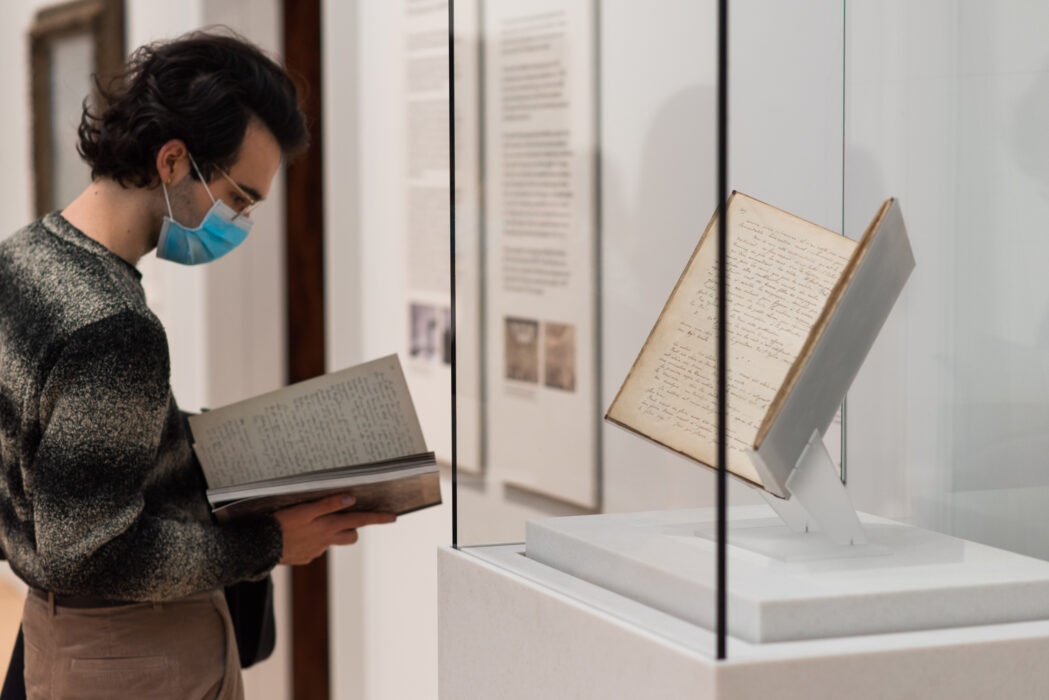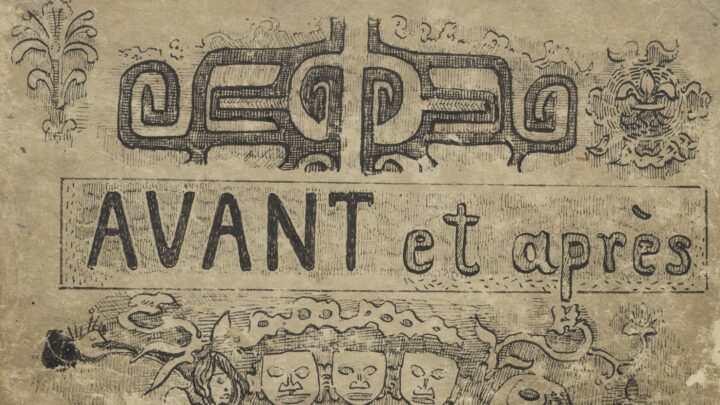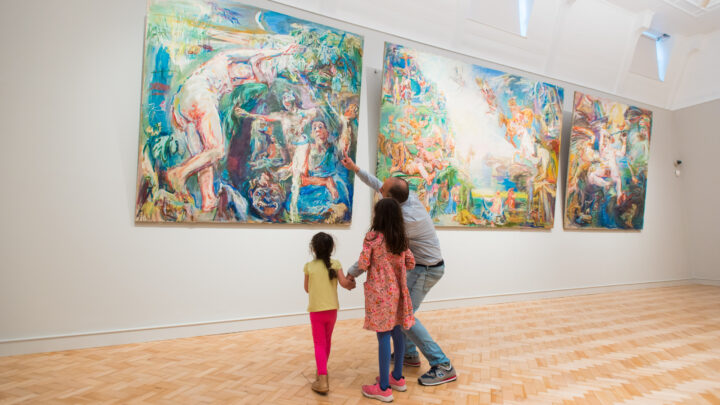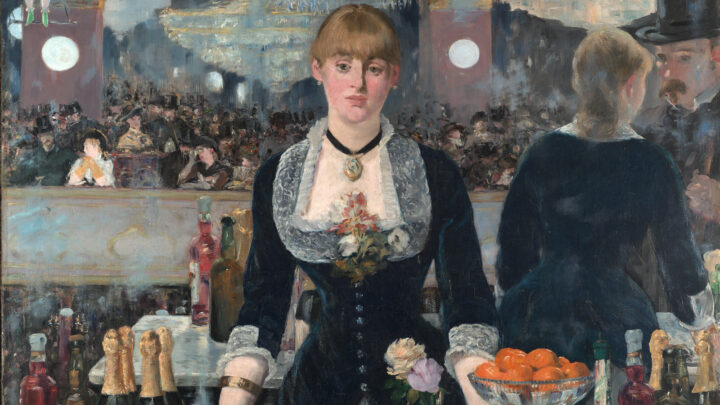Paul Gauguin’s richly illustrated final manuscript, Avant et après, one of the most significant artists manuscripts ever to enter a UK public collection, is now viewable online on The Courtauld’s website, alongside a revised transcription and translation of the entire text.
Part-memoir and part-manifesto, the 213-page manuscript reveals important insights into Gauguin’s life, relationships and thoughts, and includes numerous drawings and prints by the artist.
Offered to The Courtauld as part of the Government’s Acceptance in Lieu scheme administered by the Arts Council, Avant et après is the last major manuscript by Gauguin in the world in private hands, and is now the only example in a UK public collection. It was written in 1903, the year of the artist’s death, at his home on the island of Hiva Oa in the Marquesas, French Polynesia. It has never been exhibited publicly and remains unstudied by scholars in its original form.
Avant et après is an important addition to The Courtauld’s collection of works by Gauguin, the most significant in the UK. It joins other works including two masterpieces from his Tahitian period, Nevermore and Te Rerioa – and further strengthens The Courtauld’s resources for Gauguin scholarship.
In addition to anecdotes about his friendships and opinions on the work of leading contemporary artists such as Degas, Pissarro, Signac and Cézanne, one of the key sections in the manuscript reflects on the brief yet tumultuous period that Gauguin stayed with Vincent van Gogh in Arles. Gauguin describes the incident in which Van Gogh severed his own ear after a violent quarrel with his fellow artist, a passage that was long regarded as the primary source of information about that notorious event.
The manuscript is also studded with examples of Gauguin’s opinions on literary figures and caustic comments on those art critics who did not understand (or appreciate) the modernity of his art. Gauguin’s hatred of hypocrisy and bourgeois morality is a recurring theme. The text also includes excoriating attacks on the French colonial and church authorities in Polynesia, alongside examples of his own exoticist racial stereotyping.
The manuscript is also currently on display alongside Gauguin’s paintings and sculpture in The Courtauld’s Gallery’s LVMH Great Room until May 2022.
Turn the pages of Avant et après online now
The Avant et après manuscript is now available to view and study as a scroll-through document on The Courtauld website, accompanied by a revised transcription and new English translation that remains as close to the original French as possible with an honest and unfiltered representation of Gauguin’s language that will aid research on the artist and his legacy.










